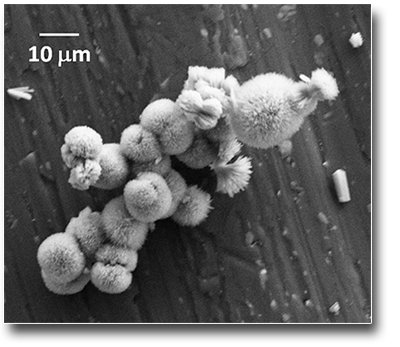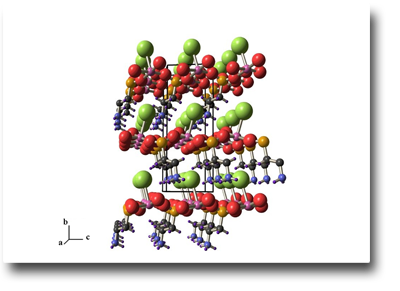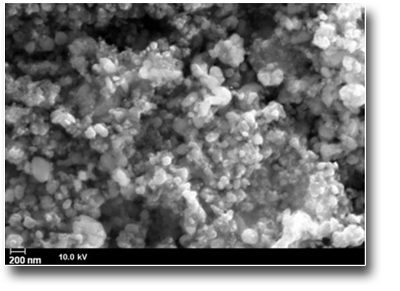
SPECIFIC TECHNIQUES
- Chemical laboratory equipped with N.5 vacuum-gas inert lines (N2 o Ar) with workstations connected to special filters for oxygen and vacuum pumps
- Instrumentation for synthesis with Schlenck techniques
- Hydrothermal bombs (70-200 ml) and programmable stoves (230 ° C)
- Sublimation/vacuum heat treatment (10-5mbar)
- Centrifuge, mechanical and orbital shaker
- Ultrasound probe (Sonics VC 130)
- pH-meters and automatic titration station
- ice machine
- Muffle furnace Nabertherm HT 04/17
- Tubular oven Lenton LTF 16/75/350
- Glove-box MBraunLabStar
AVAILABLE TECHNIQUES
- Chemical synthesis of hybrids and nanoparticles from -20 °C - 1750 °C
- Schlenck techniques
- Hydrothermal and sol-gel synthesis
- Ultrasonic dispersion and synthesis
- Methods of solvent-deposition and liquid-phase synthesis (self-assembling, surfactant assisted)
- Tablet production
- Muffle and tubular furnaces
- Availability of different working tubes in quartz
- Line for working gas (N2, Ar, Ar/H2, H2, NH3)
- Alumina boats and crucibles
- Glove-box for handling air-sensitive or dangerous samples
- Vapor absorption system for handling liquids
- Open accessibility after training
SAMPLES
-
Hybrid organic-inorganic and nanomaterials
- Metals and metal oxides
- Perovskites and spinels
- Layered and carbon-based hybrids
- Metallorganic materials
-
Muffle furnace:
- Finely mixed solid reagents (up to 250 g)
- Sol-gel samples
-
Tubular oven
- Finely mixed solid reagents up to 5 g
- Tmax850 ° C with quartz working tube
-
Glove-box
- Water-free solids and liquids in vacuum resistant containers (10-2mbar)
- Glassware, small instruments and non-pointed and non-sharp metal tools
USED FOR
- Synthesis of metal nanoparticles and metal oxides
- Investigation of commercial products based on organic-inorganic hybrids (tattoo inks)
- Production of electrode materials for lithium ion batteries
- Synthesis of ceramics and alloys through chemical solid state synthesis
- Preparation and handling of inorganic materials, hybrids and air-sensitive nanoparticles
- Calcinations, Sintering
- Nitrogen-doping of carbonaceous materials (graphene, CNTs)
- Reduction/Oxidation of solid materials
- Organic photovoltaics
CASE STUDIES
Magnetic Order through Super-Super Exchange in Cr[(D3N-(CH2)2-PO3)(Cl)(D2O)], a Magnoelettric and Polar Organic-Inorganic Hybrid.
A hybrid layered material consisting of partially deuterated chromium(II) aminoethylphosphonate was prepared by dissolving metallic chromium in DCl under inert atmosphere and mild heating inside a Schlenck tube. The blue solution thus obtained is filtered and transferred under nitrogen into another Schlenck tube containing 2-aminoethylphosphonic acid. After a few days of reaction at 85-90 ° C in an inert environment, an extremely air-sensitive blue microcrystalline precipitate is formed which is sealed in quartz ampoules. The observed strong magnetoelectric coupling was investigated by neutron diffraction on powders and magnetization measurements down to 2 K.
See: G. Nénert, H.-J. Koo, C. V. Colins, E. M. Bauer, C. Bellitto, C. Ritter, G. Righini, M.H. Whangbo, Inorg. Chem., 2013, 52, 753-760, doi: 10.1021/ic301874v


Synthesis of LiFePO4 doped with manganese starting from organic-inorganic hybrid precursors
Organic-inorganic hybrids based on phenyl phosphonates containing Fe(II) and Mn(II) were prepared from aqueous solutions by means of Schlenck's techniques. The obtained air-stable solids were mixed with Li2CO3 and used as precursors for the preparation of manganese doped LiFePO4, which is an interesting cathodic material for application in lithium ion batteries. Calcination of the precursor mixtures under inert environment results in the formation of a black powder. The electrochemical behavior of lithium iron manganese phosphate were compared with LiFePO4 and pure LiMnPO4 to evaluate the influence of doping on the material.
See: A. Dell'Era, M. Pasquali, E.M. Bauer, S. Vecchio Ciprioti, F.A. Scaramuzzo, C. Lupi, Materials, 2018, 11, 56; doi: 10.3390/ma11010056

 English (UK)
English (UK)  Italiano (Italia)
Italiano (Italia)